By Rhea Arora
THE SPARK ⚡️
Duolingo recently went viral after announcing that its beloved green owl mascot had died and, ever since, the brand has cemented itself as a case study for how to achieve lasting popularity on social media. In the weeks following the announcement, the brand not only held a funeral for the owl asking mourners to do lessons but also sparked a murder mystery to figure out who committed the murder. Even other brands – from Netflix and Chipotle to the European Space Agency and the World Health Organisation (😭) – joined in on the fun. Dua Lipa, known as the owl’s famous, unrequited love, also showed her support. Finally, Duolingo revealed its masterplan transcending its reputation as a language-learning app to earn cult status on social media with a billion organic views from this campaign alone. Its mascot is now a celebrity and the brand even has its own subreddit for memes. How did this all happen? And why are we eating it up?
THE DRIVERS 🚗
Microtrend burnout. Cottagecore? Youthmaxxing? Clean girl aesthetic? Goblin mode? The burnout from rapid trend cycles is palpable and we’re now collectively resonating more with stability and consistency via evergreen storytelling. It’s doubly annoying for consumers when brands jump in on the latest trend because it reads less as companies relating to their audience and more as an effort to co-opt a communal experience of fun and escapism to sell products.
IYKYK. From fandoms that anyone can participate in if they have enough context to exclusive, invite-only spaces like Soho House, we’re no strangers to the allure of “the club.” As we gravitate towards niche communities, brand lore functions as a “club where only those with the knowledge and understanding find a connection to one another have access to enter.” Duolingo listened to its audience poking fun at its seemingly threatening tone of voice and leaned into the joke, creating a club of people in the know.
THE MOVE 🚀
Lore brick by brick. Duolingo says, “Every word we write is part of the Duolingo story” – this is how brand universes must be built in the era of virality when the cultural context shifts dramatically from week to week. While building brand lore is a slow process that needs to be thoughtful, it’s a sustainable long term strategy that keeps consumers engaged despite fleeting online trends. Duolingo’s brand lore wasn’t built overnight – neither was Disney's, Taylor Swift's or Apple’s. Now, these brands are not only participating in culture but also co-creating it.
Emotional messaging. Brat summer wasn’t just about the neon green colour – a gen x librarian can be just as brat as a gen z party girl if they have the same irreverent vibe. Any home can be a Danish Hygge home if it’s cozy and comfortable. Both Lady Gaga and Taylor Swift can be “mother” despite having very different public images. The key is creating a story that is rooted not in transaction or product but in emotional connection and identity, signalling to your audience who they can be as individual people as well as a collective if they associate with your brand.
